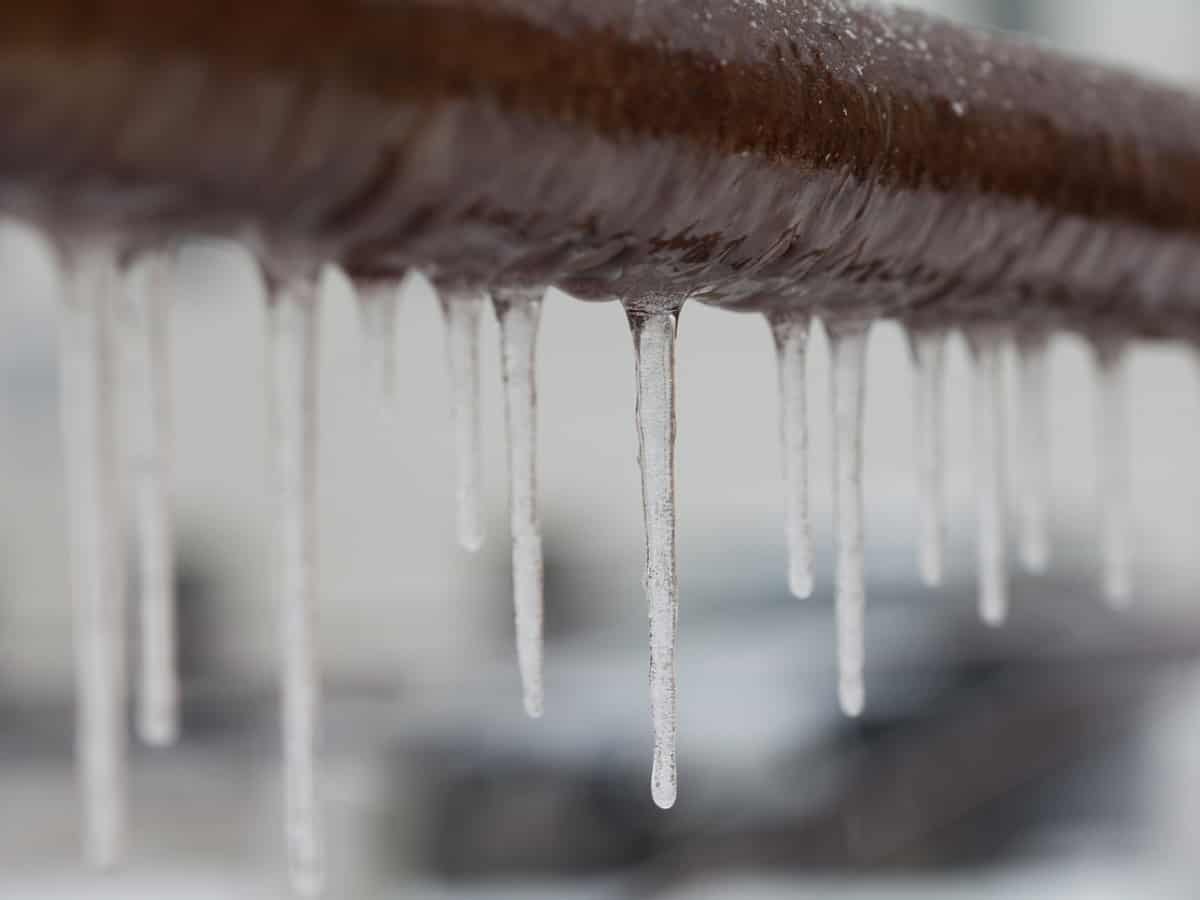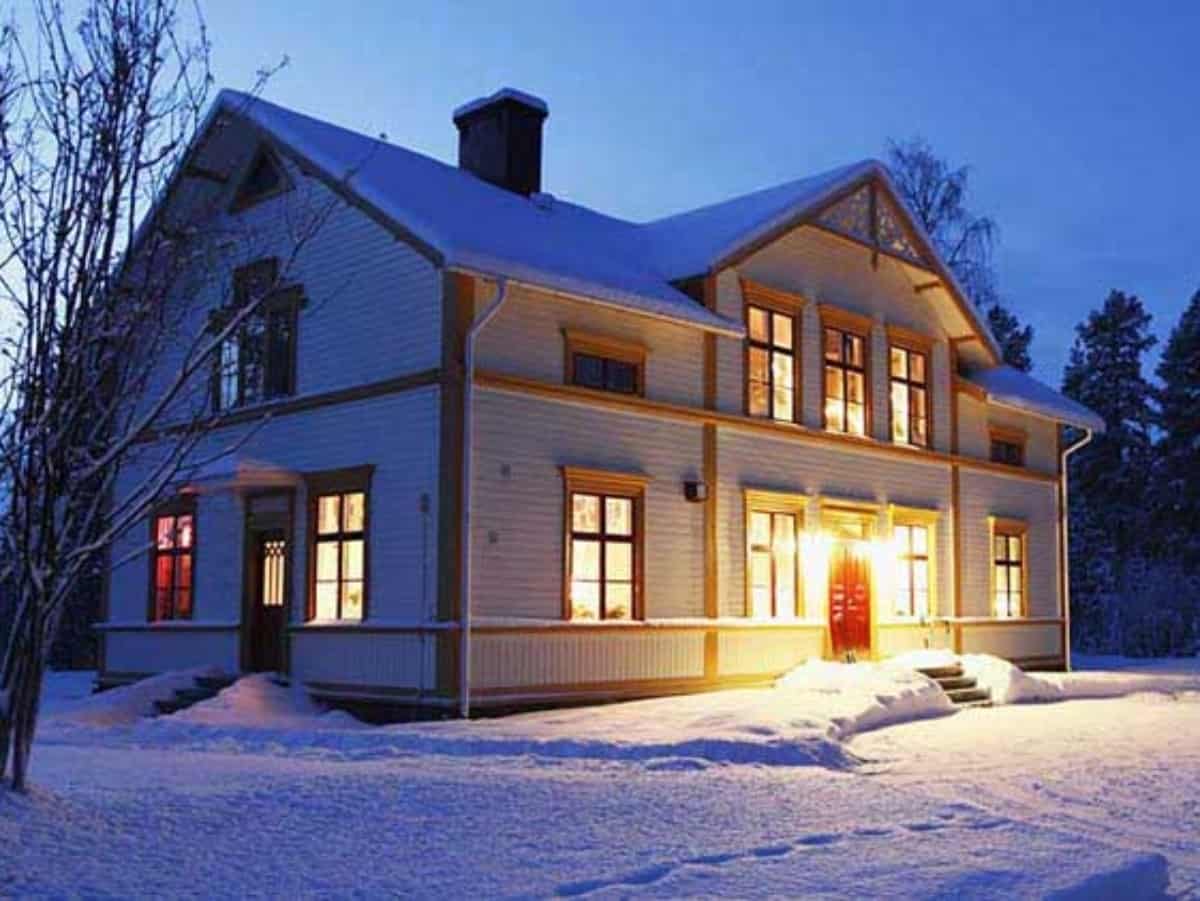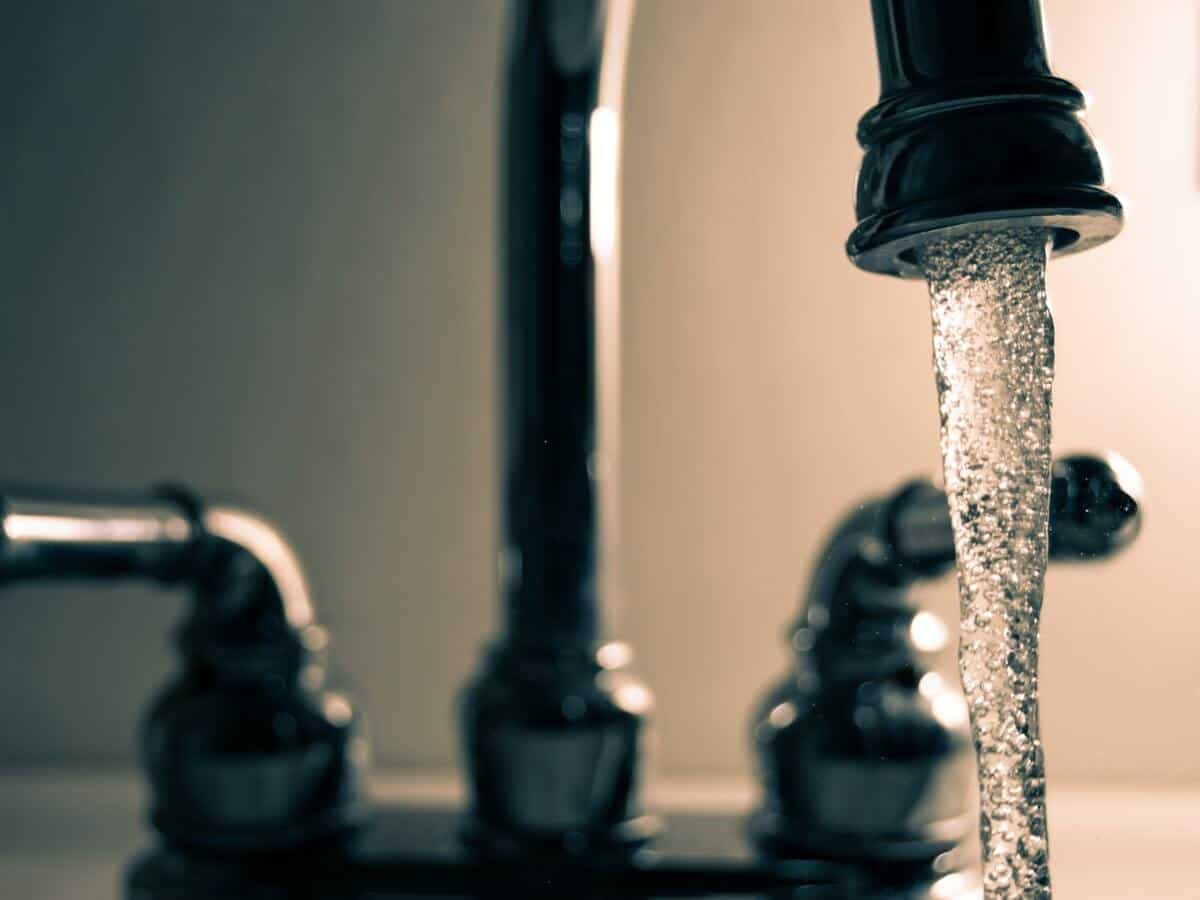Most homeowners agree that one of the worst things they dread during winter is frozen pipes. Unfortunately, this happens quite often, and it is a common home insurance claim during winter. If this misfortune happens to you, you will not have water in the house, and your pipes may burst. Knowing what to do about frozen pipes will save you money. After all, burst pipes can lead to flooding and the risk of water damage. Let us take a closer look at how to handle this problem.
How to Prepare Your Home Against Frozen Pipes
It is always better to take precautions when winter is approaching to avoid dealing with frozen pipes. The four types of pipes that are vulnerable to freezing include:
- Pipes located on your home’s exterior
- Uninsulated pipes
- Pipes in garages, attics, crawl spaces, and basements
- Galvanized steel or copper pipes
Here are a few tips to help you prepare your home against frozen pipes.

Insulate Your Pipes
If you are yet to, insulate your pipes. Pipes in areas like the garage, attic, or crawl space are susceptible to cold temperatures. Hardly do these areas get exposed to any heat. When it is freezing, these pipes are likely to freeze too. Make sure that all areas with exposed pipes are well insulated with expandable foam or caulk.
Another easy way to insulate your pipes is by using a heat cable. Self-regulating heat cables detect the pipe’s temperature and warm them up when necessary. They are readily available in major home improvement stores or online.
Open Your Cabinet Doors
You can also open your bathroom and kitchen cabinet doors for a while. This allows warm air to reach the pipes located there. Behind closed doors, these pipes do not get enough warm air as the heat is locked out.
Shut Off Outdoor Taps and Faucets
No one thinks of gardening or outdoor landscaping during winter. That means you don’t need your outdoor faucets as much. Shut them off once the temperatures start dipping. First, drain out all the water from the pipes that can lead to freezing, then disconnect the hose and store it in your shed or garage. You can also install a hose bib insulator over the outdoor faucets.
Let Your Faucet Drip
This is a temporary solution as you do not want to be hit with a high water bill. However, it works especially if you have yet to insulate your home or pipes. Allow a small amount of water to trickle from your faucets. You can collect the dripping water and reuse it by cleaning the house or watering the plants. Letting the faucet drip will protect your pipes in two ways. First, it allows water to flow constantly through your pipes, reducing the chances of freezing. Secondly, it reduces pressure build-up inside the pipes, preventing the risk of a burst pipe.
Keep Your Thermostat Consistent
Another way to prevent ice blockages inside your pipe is by keeping your thermostat at a constant temperature day and night. Most homeowners usually lower their thermostats in the evening to prevent the heating bill from going up. Still, you cannot compare that extra cost with the cost of replacing your pipes. Steady temperatures keep your pipes free of ice blockages.
Seal Crawl Spaces
If it looks like your winter is going to be extreme, seal your crawl space, even if temporarily. Covering a crawl space decreases the amount of cool air around the pipes. You can use foam pieces and secure them with duct tape. This is an efficient yet inexpensive solution.

Different Smart Home Options Available to Detect Frozen Pipes/Burst Pipes
There are a few smart home options that can help you detect frozen or burst pipes around your home. These devices can help prevent or reduce damage. Let’s take a look at some of them.
Freeze Sensors
Frozen pipes will expand and burst, leading to a fountain in the basement. Freeze sensors can help prevent frozen pipes in your home. These tiny devices monitor the temperature of an area or object where they are placed. Put it in your incoming water line. It will detect a change in temperature and alert you to take action before your pipe bursts.
Some freeze sensors have to be in contact with whatever object they are monitoring. That means attaching it to your pipes. Other sensors simply have to be placed in the room with the pipes. They will monitor the change in air temperature in the room and alert you.
Flood Sensors
A flood sensor will come in handy if your pipe bursts and your home starts flooding. It will alert you even of a small leak. Place it in areas you do not often go to, as flooding can go undetected until it causes damage. Even when you are not at home, you will still get a notification, and you can send someone to take care of the issue. Since they are tiny and easy to install, you can place several of them in multiple areas susceptible to flooding.
Water Leak Detectors
A water leak detection system does a real-time analysis of your water system and reports on things like water pressure, temperature, and water consumption. Through a pattern analysis algorithm, the device can detect leaks in your home and shut off the main water supply. If your pipes are frozen and they burst, it will alert you. Because this device must be installed on the main water supply, manufacturers suggest you let a professional plumber install it.

What to Do if Your Pipes Do Freeze
If the temperatures are freezing outside and you don’t have water, you likely have frozen pipes. As a homeowner, the next question is what to do about frozen pipes. There are a few steps you can take to thaw the pipes.
Shut Off Your Water
Shut off your main water valve so that water stops flowing into the house. This can prevent the pipes from bursting. If you are not sure where it is, call the utility company for assistance in finding it.
Apply Some Heat to the Frozen Area
You can use a hair dryer to apply heat to the pipes or place a space heater near the pipes to unfreeze them. Do not use a propane torch. This can damage the pipes and also presents the risk of fire.
If you are using a hair dryer, start by applying the warm heat close to the faucet as you gradually move towards the frozen section. Be careful not to blow a fuse or overheat your hair dryer. All this time, your faucet should be on. As the ice melts, it will drain the water. Even after the ice melts, you can allow the faucet to run for a couple of minutes to restore normal water pressure. Other
Take Safety Measures to Prevent Frozen Pipes in the Future
Once you have eliminated the issue, you can ensure you never have to worry about what to do about frozen pipes again. Take the preventative measures we have mentioned above to protect your pipes from freezing temperatures.
How Long Does It Take to Unfreeze Pipes?
Using DIY methods, it will take about 30-40 minutes to get your water flowing again. You may be tempted to let the pipes thaw out on their own, but this is risky. For starters, the weather might not improve for several days, meaning you will not have water in the meantime. Also, frozen pipes are likely to burst and cause an even bigger loss in your home. Do not allow your pipes to remain frozen for long. Thaw them immediately or call professional plumbers.
What if the Frozen Pipe Is Inside the Wall?
Thawing a pipe inside a wall is more challenging than exposed pipes. One of the things you can do is to turn up the heat inside your home and wait. Hopefully, the heat will be enough to unfreeze the pipes. If you suspect the frozen pipe is inside the wall under the kitchen or bathroom sink, open the cabinet doors. This will allow the heat to reach the walls and defrost the pipes.
If you think the frozen pipe may burst, you may have to cut out a small section of the wall to expose the pipe and thaw it using a hair dryer.
What to Do if Your Frozen Pipe Bursts
If the pipe bursts, you need to act fast to avoid extensive damage. Shut off the main water supply to reduce the amount of water seeping into your home. You will also need to shut off power to avoid injuries. Once you have taken these measures, call a plumber and start removing the water as you wait. If the damage is too much, you may have to contact your insurance agent, as home insurance covers burst pipes. The plumber will come in and evaluate how big the problem is, then do the necessary repairs.
Avoid Frozen Pipes With ONIT Home
If you are wondering what to do about frozen pipes, let ONIT Home assist you. We can recommend the right smart products to detect frozen pipes and alert you. Give us a call at 1-833-433-033, and let us be your trusted partner in keeping your home safe.



